Marines stormed Iwo Jima 75 years ago today. Here are the battle's most iconic pictures
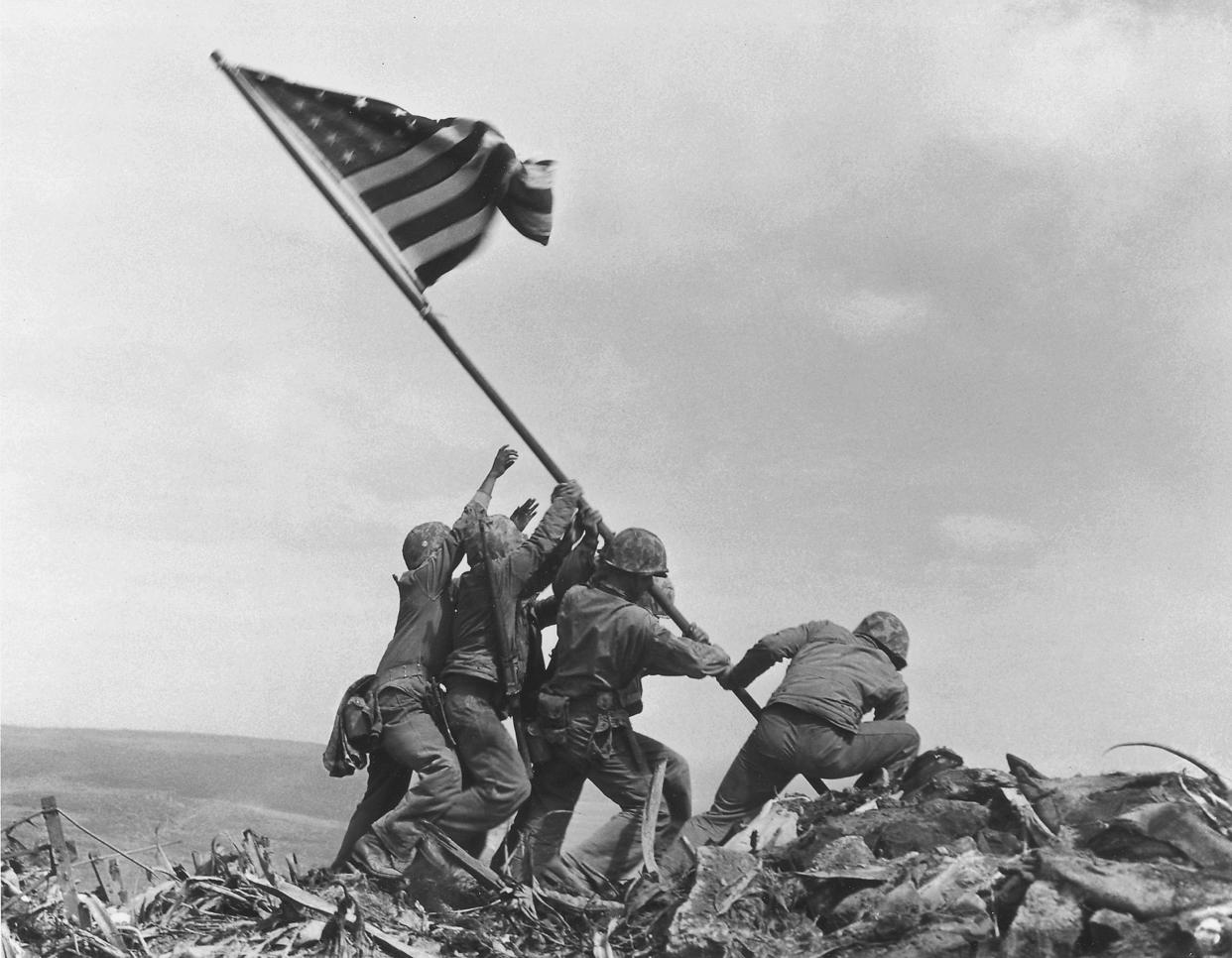
On Feb. 19, 1945, a small island in the Pacific Ocean was etched into history and the tides of World War II were altered when U.S. Marines launched an amphibious invasion on Iwo Jima, Japan, kicking off one of the war's pivotal battles.
The island, a stronghold for Japanese forces, played an important role in facilitating air travel above the vast Pacific Ocean and represented a stepping stone for Allied fighters. Taking the island would open the door for potential attacks on mainland Japan.
More than 80,000 Marines were tasked with taking control of the island, according to the National Museum of the Marine Corps.
On Feb. 23, 1945, Associated Press photographer Joe Rosenthal snapped one of the most iconic pictures in American history as Marines hoisted an American flag on top of Iwo Jima's Mount Suribachi.
The battle waged on for 36 days in total, and the death toll was immense.
More than 6,000 U.S. service members died, making it one of the bloodiest encounters in Marine history, according to the National WWII Museum. Out of about 20,000 Japanese troops, only about 200 survived the battle, according to the museum.
Rosenthal's picture lives on, 75 years later, but it's far from the only one. Here are other stunning pictures from the battle.
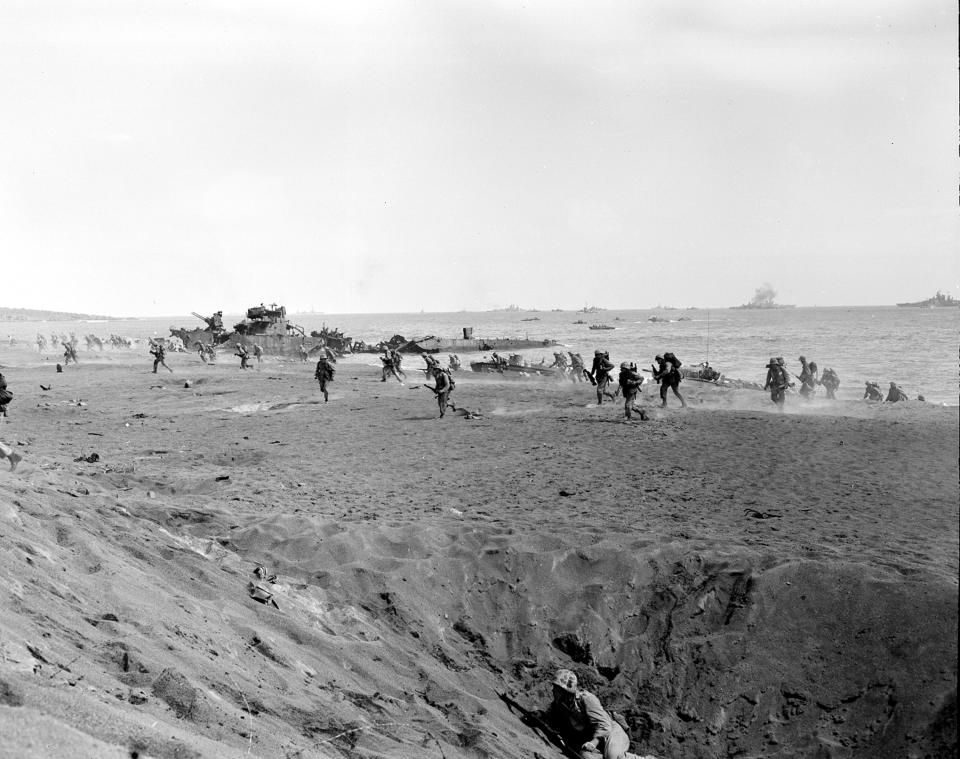
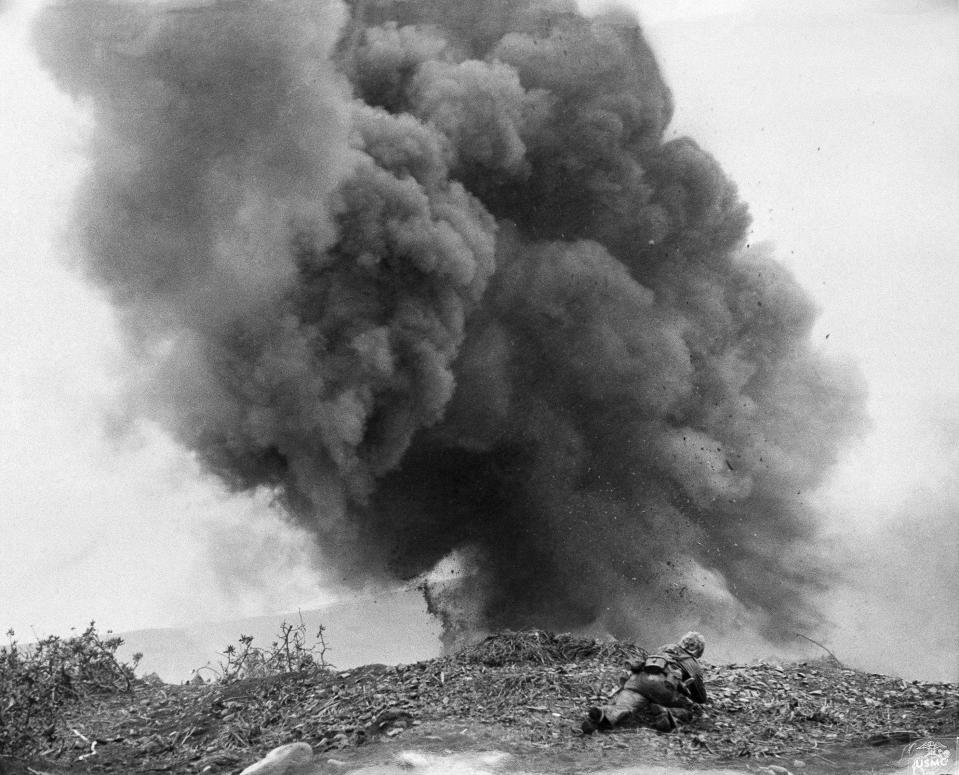
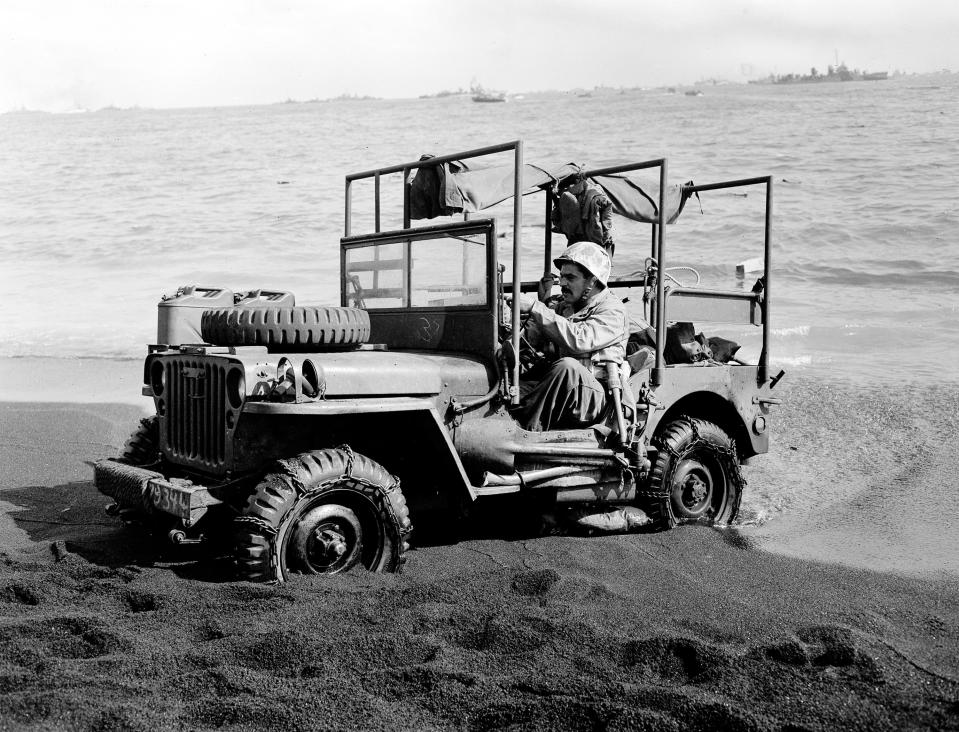
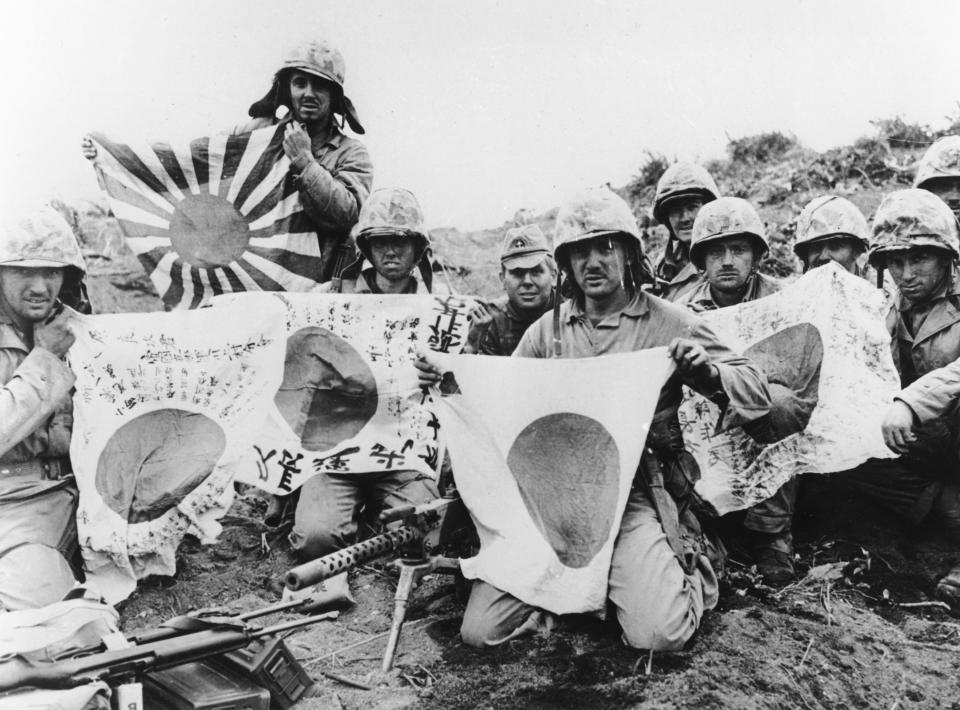
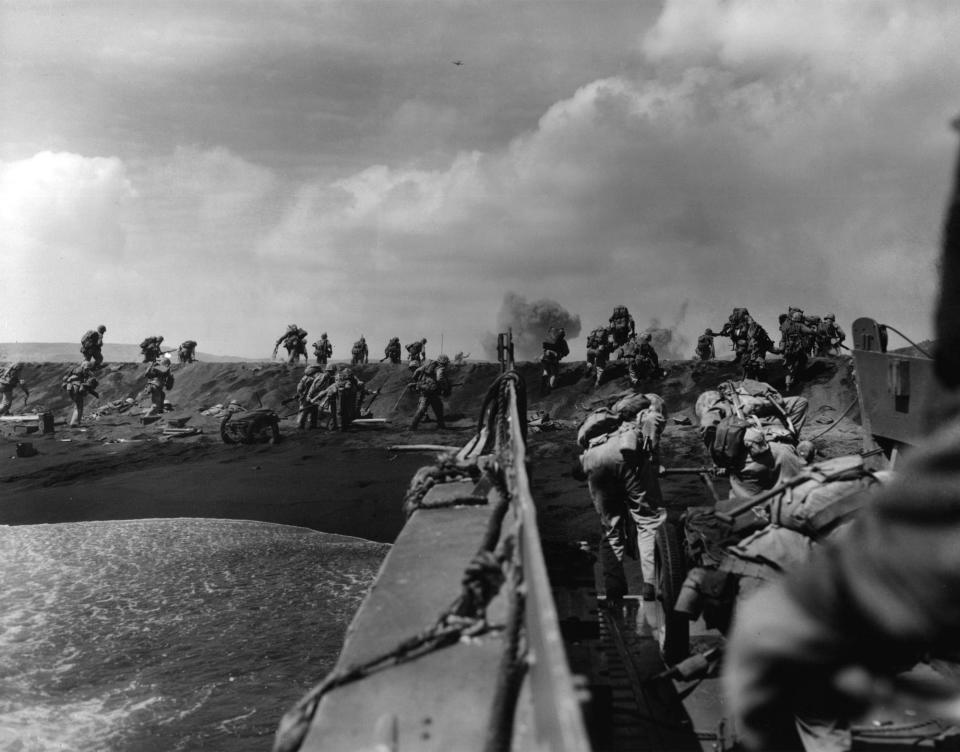
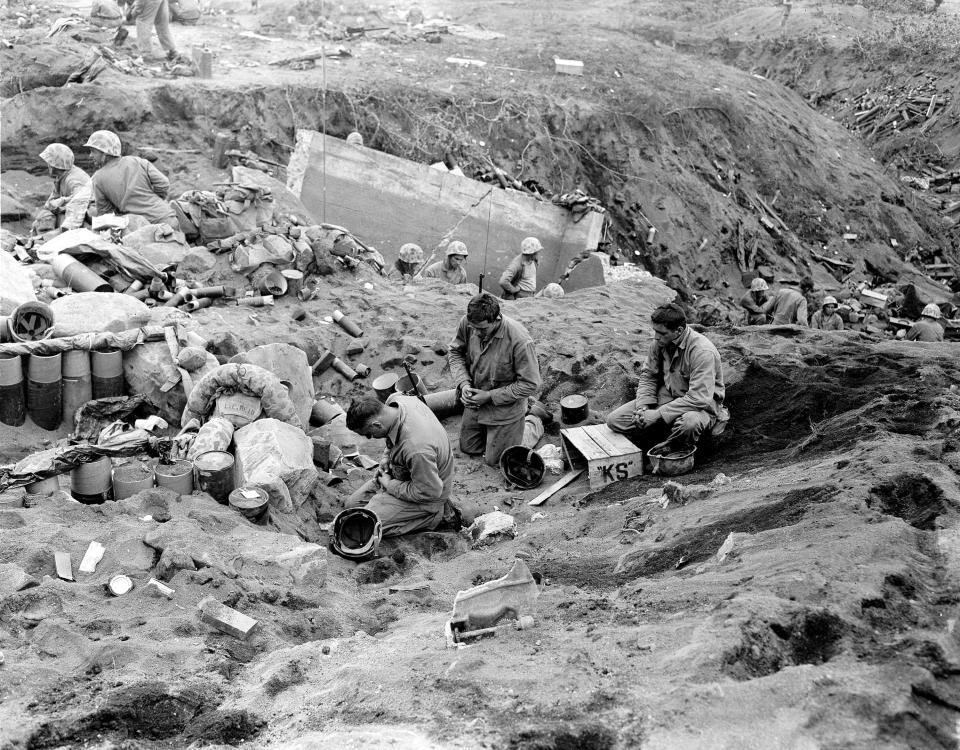
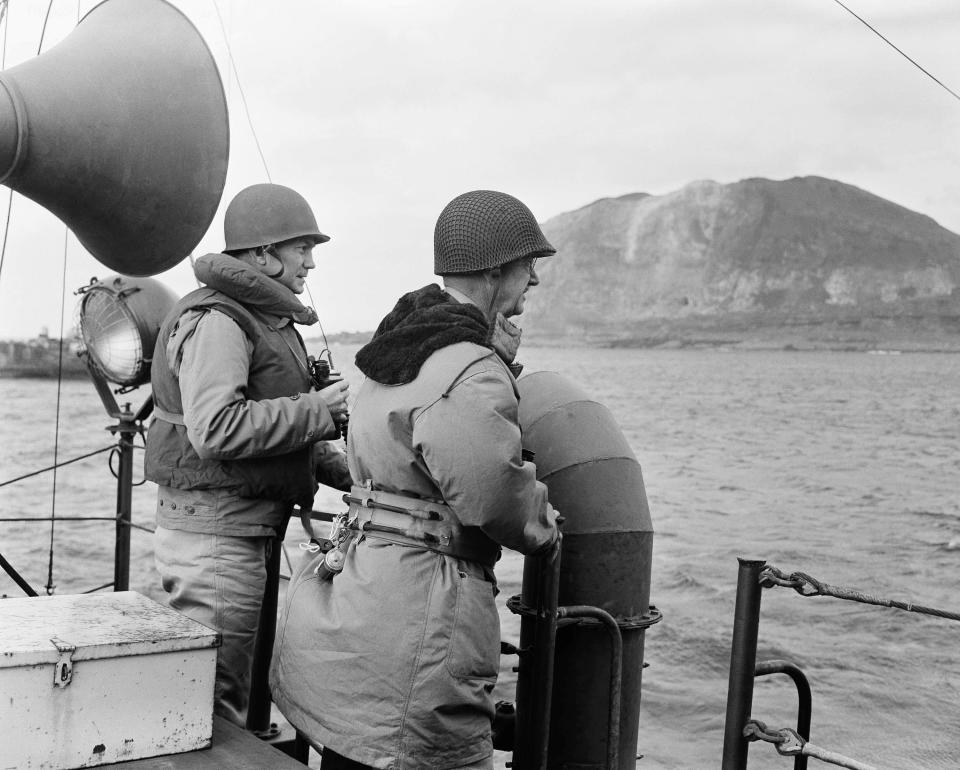
You can follow USA TODAY's Jay Cannon on Twitter: @JayTCannon
Contributing: Emily Johnson
'Ghost ship': Missing more than a year, an abandoned ship washes up on the other side of the Atlantic
Miracle find: Maine woman's class ring, lost 47 years ago, shows up in forest in Finland
This article originally appeared on USA TODAY: Iwo Jima 75th anniversary: Iconic WWII pictures from Marines' invasion

